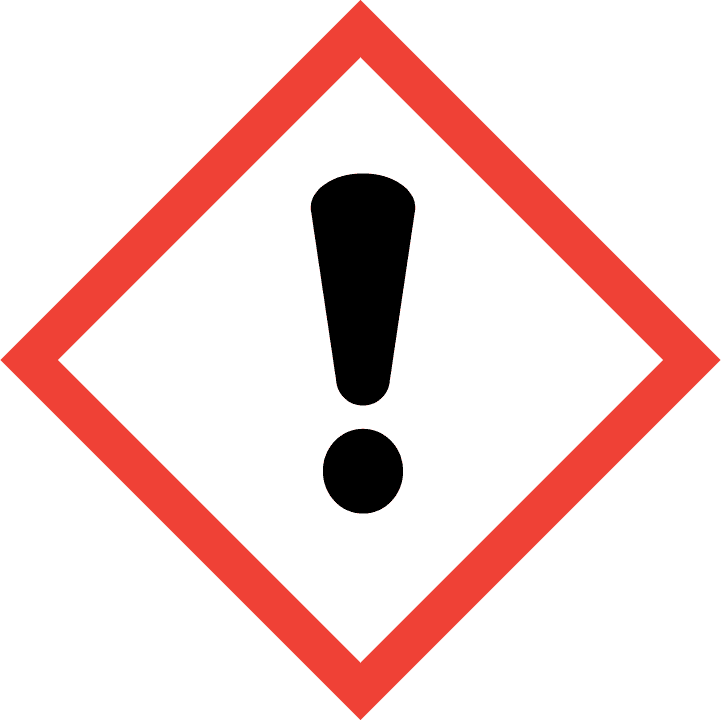-
Safety data sheet
DPD CLPQR code
-
Show QR code for SDS

-
Show QR code for dossier

-
Hide QR code

Save asPrint-
Save to PDF for Acrobat reader

-
Save to RTF (for Word) for Word

-
Save as internet shortcut file (.URL) for web browser

-
NiceLabel export for NiceLabel

Order labelsOrder professionally printed labels in a roll

Now you can order professionally printed labels in a roll directly from here.
Enter the quantity of labels that you need and we shall prepare the offer for you.
How many labels do you need?
-
- Label
- Instructions
- Files






